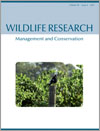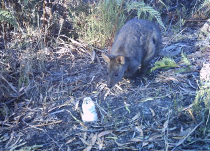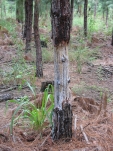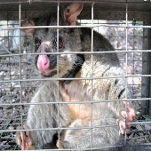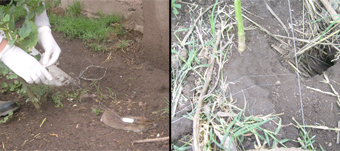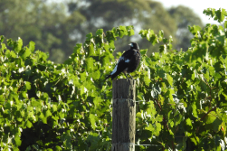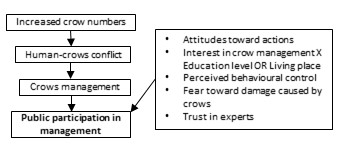WR17011Patterns of human–crocodile conflict in Queensland: a review of historical estuarine crocodile (Crocodylus porosus) management
Effective management of estuarine crocodiles in Queensland is essential for ensuring public safety. This study aimed to improve our knowledge of human–crocodile conflict in Queensland and how this has changed over time. By understanding historical trends, we provide the basis for improved crocodile management into the future.


